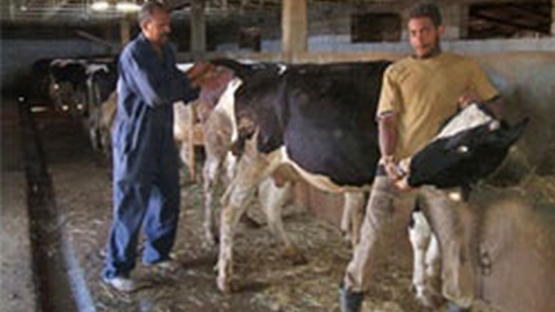In 2008, the identification and registration of all dairy cattle was completed with more than 20,000 cross-bred and selected local dairy cattle breeds registered and ear-tagged. Following registration, screening tests for brucellosis and TB were initiated. Testing has almost been completed in all the major dairy producing areas.
Throughout the five Regions of Eritrea, 11,185 tests were carried out for bovine TB with 1,323 positive animals (12%) and 473 inconclusive (4%). In some of the Regions, confirmed positive reactors have been removed from herds voluntarily. A total of 7,979 cattle were tested for bovine brucellosis out of which 230 or 2.9% were positive and those have been removed from the herds. In the Anseba Region where disease incidence is very low, stock owners are already voluntarily culling reactor animals. Legal veterinary provision is already in place prohibiting the sale of milk from TB and brucella infected herds. It is envisaged to bring TB and brucellosis incidence to less than 1% from commercial milk producers by 2013. Follow-up testing is in progress in the last two Regions of Central (Maekel) and Southern (Debub) which are the two most important Regions as far as dairy production is concerned and the majority of dairy cattle are located there. Testing is expected to be completed by the end of 2009. Testing for bovine TB and brucellosis on such a scale - covering the whole national dairy herd in the country, was the first of its kind.
Fellowship training on the project was awarded in Epidemiology, quality control and serology. Three project staff members have already undergone training and are now effectively supporting the project.
The IAEA’s support to the veterinary services of Eritrea continues on surveillance and control of the major epizootics and an ongoing project on food and feed residue analysis is under implementation. As CBPP and PPR are again expanding in Africa, the sero-surveillance activities will include these diseases in future and enhance the control of FMD and TB in all cattle.




